IPPCAAS Reveals Molecular Mechanism of Dual Sensitivity of Green Plant Bug Odorant Receptors to Sex Pheromones and Host Plant Volatiles
The Grain Crop Pest Monitoring and Control Innovation Team of the Institute of Plant Protection, Chinese Academy of Agricultural Sciences (IPPCAAS), has published its latest research in Entomologia Generalis, a classic journal in entomology. The study systematically revealed the synergistic perception mechanism of male green plant bugs to sex pheromone components and host plant volatiles, and proposed a novel green control strategy based on the integration of host plant volatiles and pheromones. The findings provide new theoretical and technical support for eco-friendly pest management.
Previous field studies showed that the sex pheromone component of the green plant bug, trans-2-hexenyl butyrate (E2HB), exhibited strong trapping effects under field conditions but limited attractiveness in laboratory assays. This suggested that host plant volatiles might modulate pheromone perception. Using an H-tube olfactometer to simulate field environments, researchers found that mixtures of host plant volatiles and pheromones attracted 2.5 times more male bugs than pheromones alone.
From male antennae, the team identified 15 differentially expressed odorant receptors (AlucORs). Using the Xenopus laevis oocyte expression system combined with two-electrode voltage clamp recordings, they tested responses to 64 compounds. Six AlucORs showed high sensitivity to both E2HB and structurally similar floral esters such as butyl butyrate and propyl butyrate, with AlucOR3 and AlucOR81 responding most strongly. Evolutionary analysis revealed that the AlucOR3 receptor subclade is under strong purifying selection (ω = 0.17802), suggesting a conserved ester-sensing function in Miridae insects.
Based on these results, the researchers proposed a “chemical signal synergy model”: host plant volatiles activate “dual-function” odorant receptors, thereby enhancing pheromone signal detection and significantly improving male orientation behavior. Subsequent behavioral assays confirmed that mixing E2HB with volatiles such as butyl butyrate substantially improved trapping efficiency compared to pheromones alone, demonstrating strong potential for field application.
This study provides molecular-level insight into the synergistic strategies used by phytophagous insects to locate both mates and hosts, and offers precise targets for designing combined pheromone–host volatile lures, opening new avenues for green control of the green plant bug.
Prof. Zhang Yongjun (IPPCAAS) is the corresponding author. Dr. An Xingkui (now with the Environment and Plant Protection Institute, Chinese Academy of Tropical Agricultural Sciences) and Dr. Adel Khashaveh are co-first authors. Partner institutions include Yunnan University, Wageningen University (Netherlands), Henan Institute of Science and Technology, Anhui Normal University, and the National Agro-Tech Extension and Service Center (Langfang). The research was supported by the National Natural Science Foundation of China (32372639), the China Agriculture Research System (CARS-02-26), and the National Key R&D Program of China (2021YFD1400700).
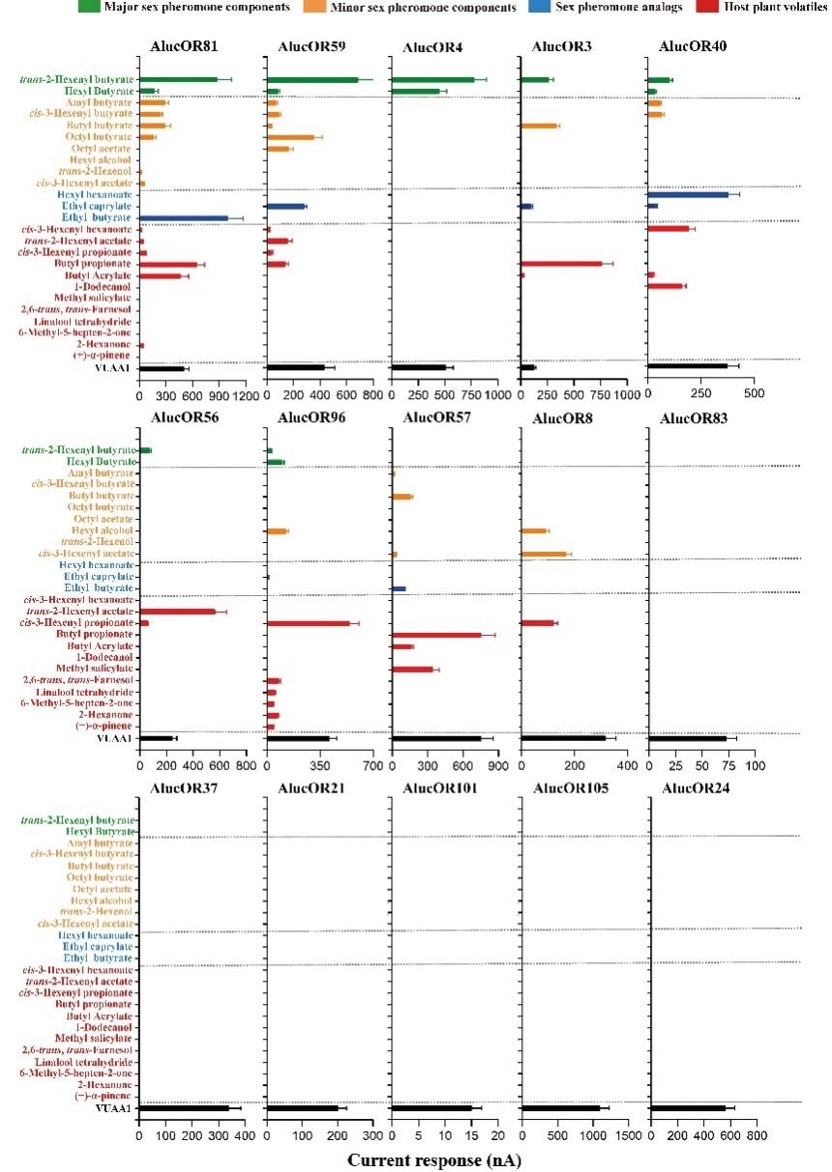
Figure 1. Binding profiles of candidate odorant receptors in the green plant bug to pheromones and host plant volatiles
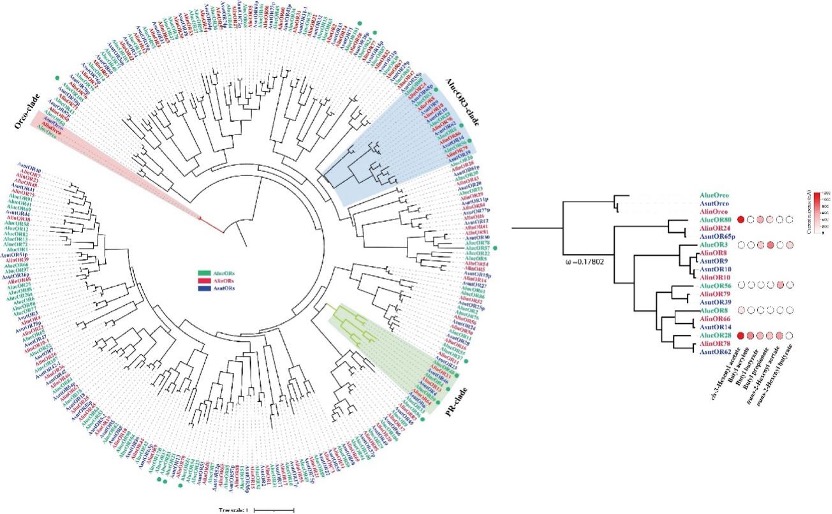
Figure 2. Phylogenetic relationships of 15 candidate odorant receptors in the green plant bug
Link:https://www.schweizerbart.de/papers/entomologia/detail/prepub/107211/Male_biased_odorant_receptors_mediate_dual_perception_of_sex_pheromones_and_floral_volatiles_in_mirid_bugs?af=search
-
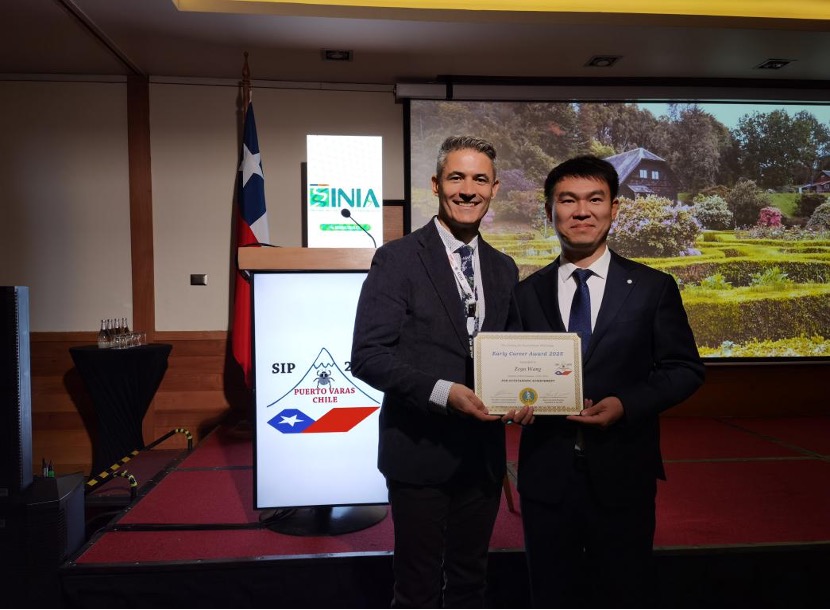 IPPCAAS Expert Wins the Society for Invertebrate Pathology Early Career Award
IPPCAAS Expert Wins the Society for Invertebrate Pathology Early Career Award -
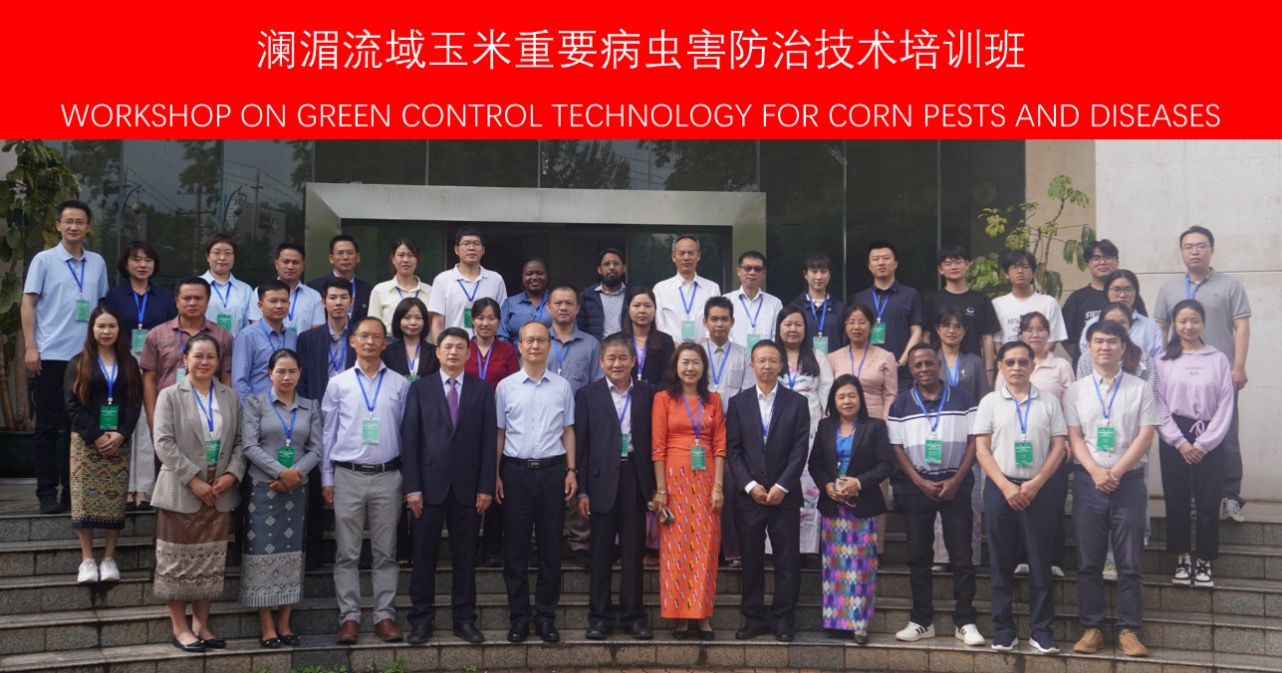 Workshop on Green Control Technology for Corn Pests and Diseases in the Lancang-Mekong Region successfully held in Kunming
Workshop on Green Control Technology for Corn Pests and Diseases in the Lancang-Mekong Region successfully held in Kunming -
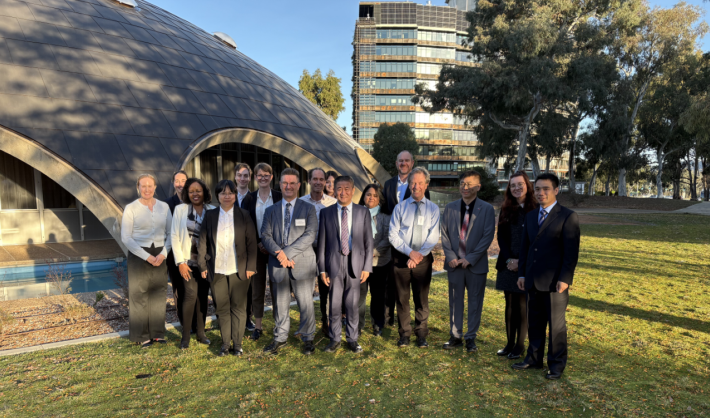 IPPCAAS Experts Visit Australia to Promote In-Depth China–Australia Cooperation in Plant Biosafety
IPPCAAS Experts Visit Australia to Promote In-Depth China–Australia Cooperation in Plant Biosafety -
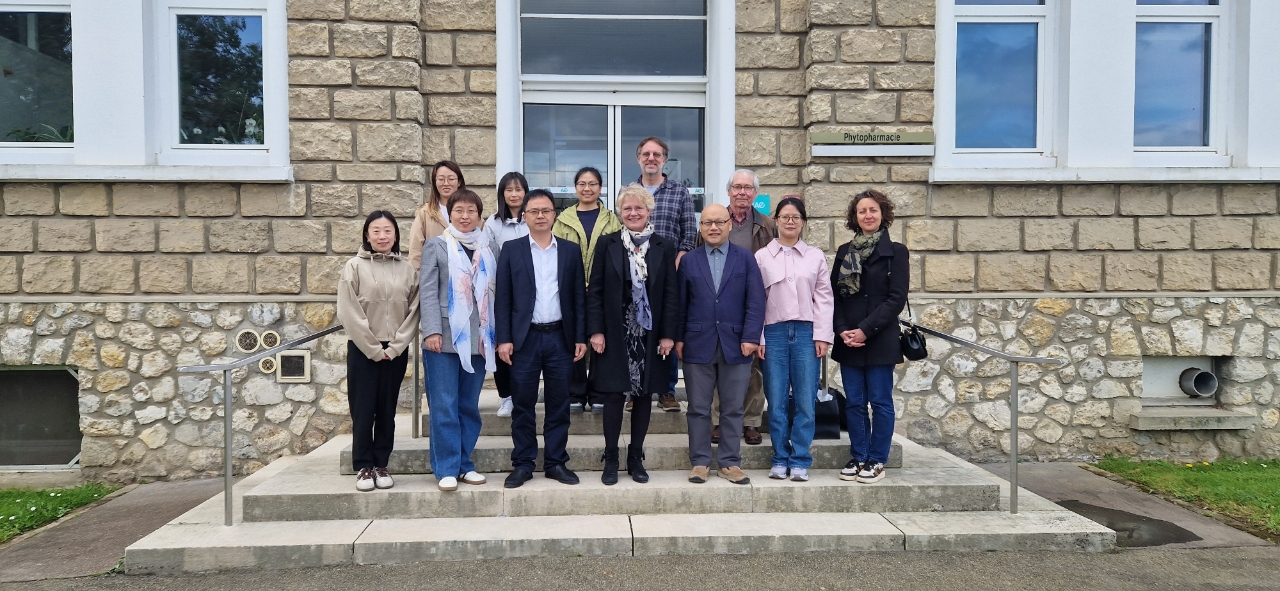 China-France cooperation in plant protection was further strengthened
China-France cooperation in plant protection was further strengthened
